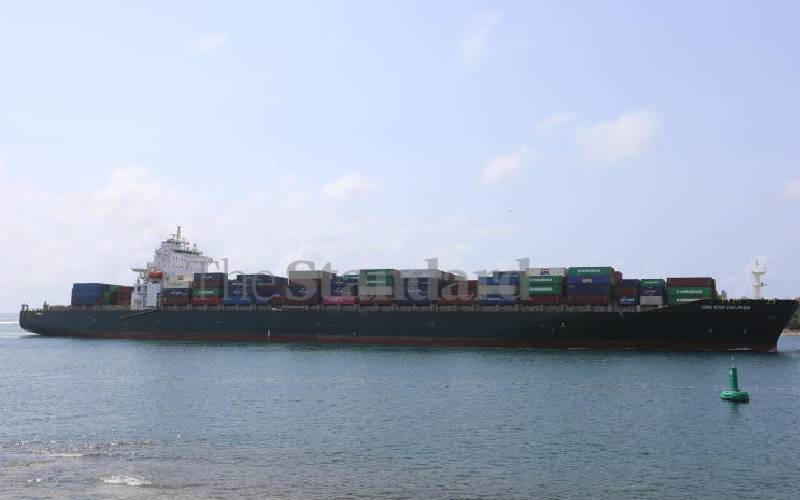×
The Standard e-Paper
Home To Bold Columnists

After more than a decade of negotiations, United Nations member countries have agreed the first-ever treaty to protect the world's oceans that lie outside national boundaries.
Environmental groups say the UN High Seas Treaty will help reverse biodiversity losses and ensure sustainable development, but caution there is still a long way to go before implementation.